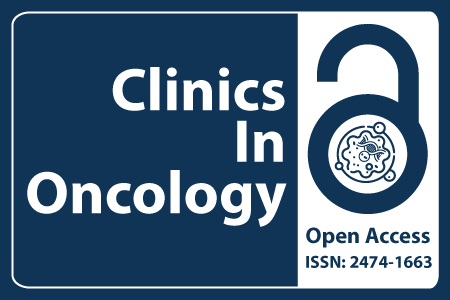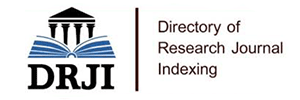
Journal Basic Info
**Impact Factor calculated based on Google Scholar Citations. Please contact us for any more details.Major Scope
- Central Nervous System Tumors
- Kidney Cancer
- Adjuvant Therapy
- Thoracic Oncology
- Radiation Therapy
- Paediatric Cancers
- Haemato-Oncology
- Hormone Therapy
Abstract
Citation: Clin Oncol. 2016;1(1):1057.DOI: 10.25107/2474-1663.1057
Can High-Grade Prostate Cancer (Gleason 8-10) be Cured with Definitive Local Therapy without Hormone Suppression? Disease Control and Survival Outcomes after Up-Front Radical Prostatectomy in Patients with High-Grade Clinically Localized Disease
Mitchell DL, Russo JK, Mott SL, Tracy CR, Smith MC, Buatti JM and Watkins JM
Department of Radiation Oncology, University of Iowa, USA
Bismarck Cancer Center, USA
Holden Comprehensive Cancer Center, University of Iowa, USA
Department of Urology, University of Iowa, USA
*Correspondance to: John M. Watkins
PDF Full Text Research Article | Open Access
Abstract:
Background: High-grade prostate cancer (HGPC) is associated with an aggressive clinical course and poor outcomes, thus testosterone-suppressive hormone therapy (HT) frequently accompanies definitive local therapy. Selected HGPC patients who undergo radical prostatectomy (RP) without HT enjoy long-term disease control; however, the prognostic factor selection for this approach remains to be identified.
Methods: A retrospective study of men diagnosed with biopsy-proven, clinically localized Gleason (GS) 8-10 adenocarcinoma managed with primary RP from 2003 through 2010 was undertaken. Patient-, tumor-, and treatment-related factors were analyzed for association with biochemical (PSA) relapse-free surviva (bRFS), employing Cox proportional hazard regression.
Results: Among the 96 patients with HGPC who underwent RP, 69 met eligibility criteria. Median age was 62 years (range, 48-75) and median pre-RP PSA was 7.1 ng/mL (3.5-64.9) with highest GS at biopsy of 8, 9 and 10 for 41, 26 and 2 patients respectively. Highest GS at RP was <7, 8, and >9 for 23, 17, and 29 patients, respectively. Extraprostatic extension, involved surgical margin, seminal vesicle invasion, and lymph node involvement were identified in 32, 33, 18, and 6 patients, respectively, with adjuvant radiotherapy delivered to 5 patients immediately post-RP. At median follow-up of 67.3 months (2.7-141.2), 40 patients had disease recurrence and 8 patients died (6 cancer-specific). Five-year bRFS and overall survivals were 39% (95% CI, 27-51%) and 87% (75-93%), respectively. Primary grade and overall GS at RP, involved surgical margin, seminal vesicle involvement, nodal involvement, and elevated initial post-prostatectomy PSA were significantly associated with bRFS at univariate analysis, with primary grade at RP (HR=1.80; p<0.01) and post-RP PSA (HR=4.64; p<0.01) significant at multivariable analysis. Conclusions: HGPC is associated with high rates of early disease recurrence. Following RP without systemic therapy, high primary grade and detectable initial post-RP PSA (>0.1 ng/mL) were independently associated with worse bRFS.
Keywords:
Prostate cancer; Radical prostatectomy; Survival analysis; Radiotherapy; Systemic therapy
Cite the Article:
Mitchell DL, Russo JK, Mott SL, Tracy CR, Smith MC, Buatti JM, et al. Can High-Grade Prostate Cancer (Gleason 8-10) be Cured with Definitive Local Therapy without Hormone Suppression? Disease Control and Survival Outcomes after Up-Front Radical Prostatectomy in Patients with High-Grade Clinically Localized Disease. Clin Oncol. 2016; 1: 1057.













